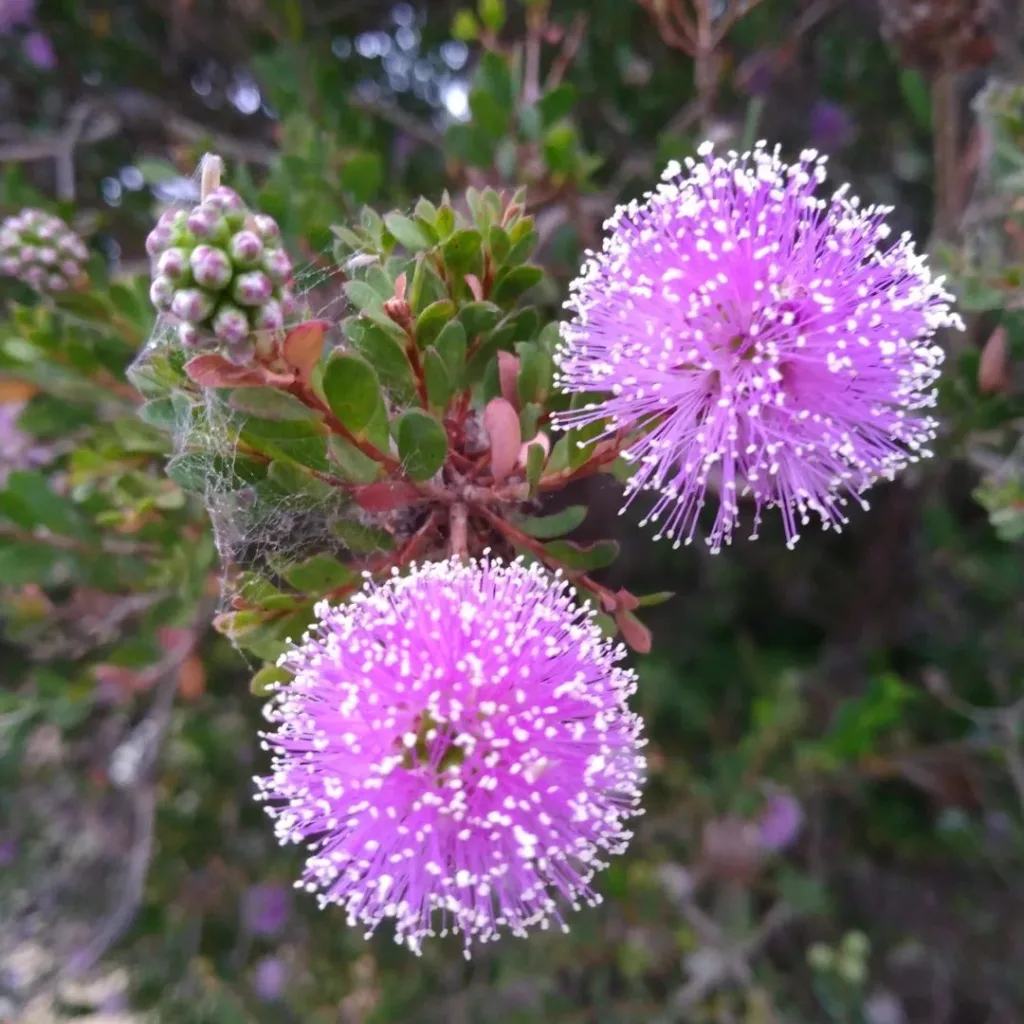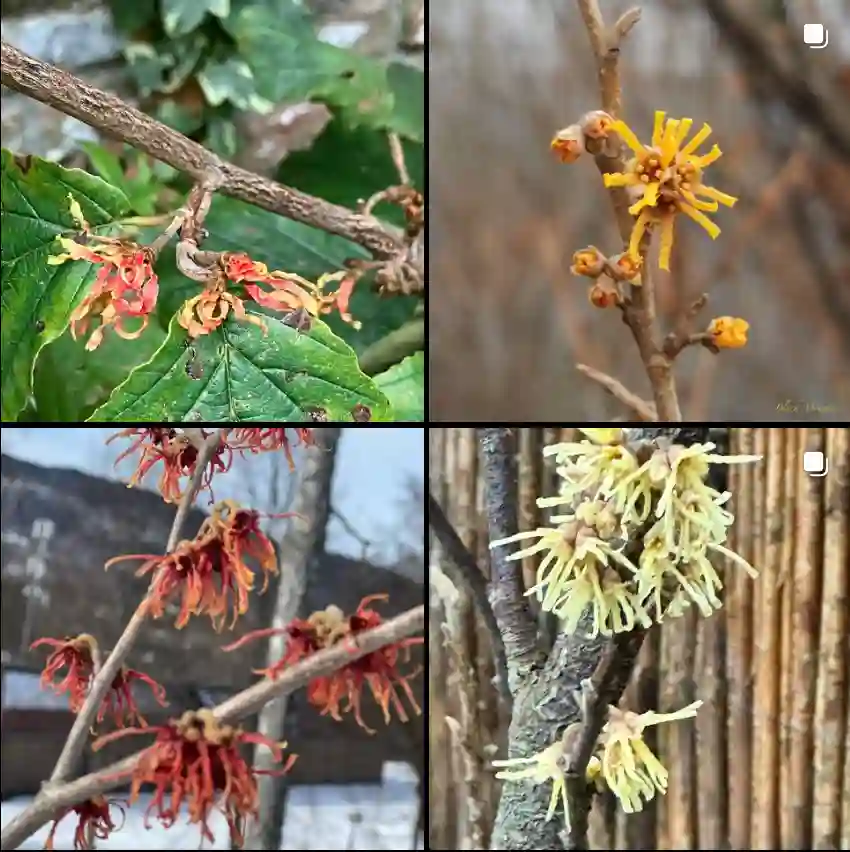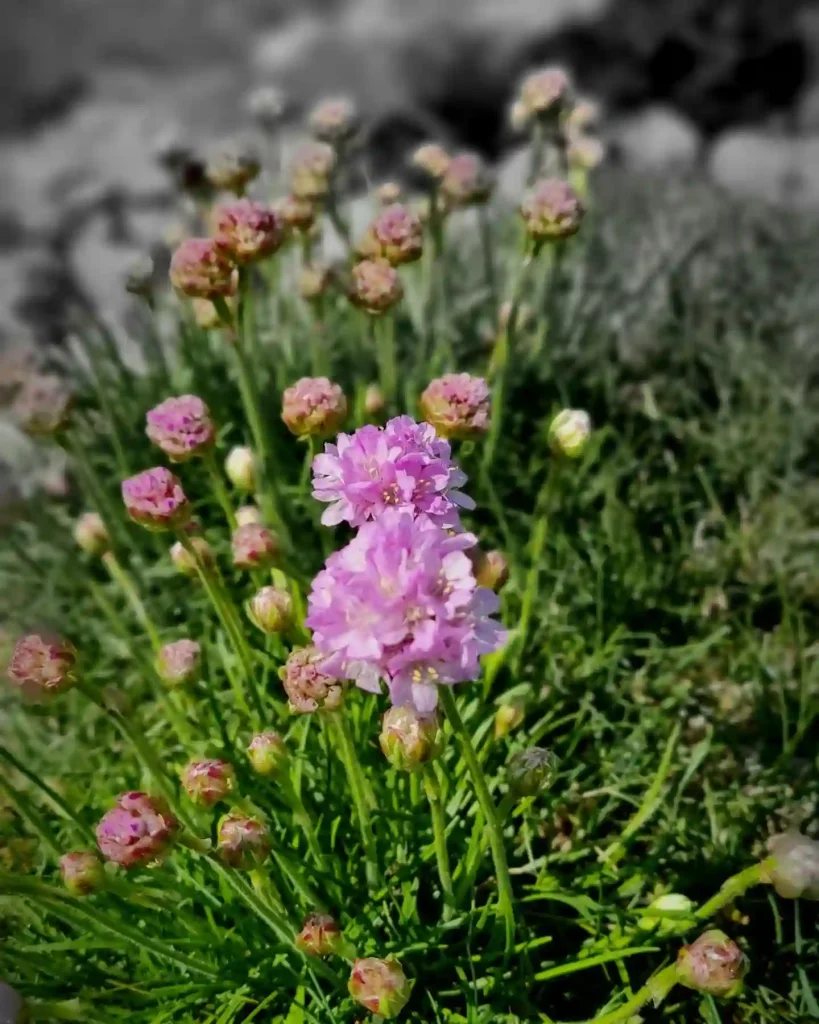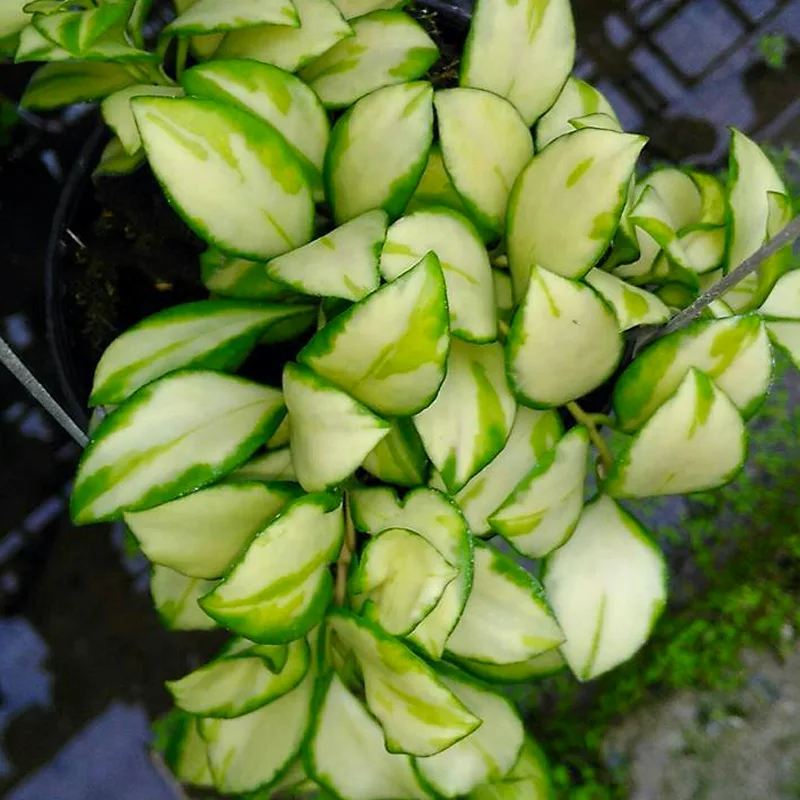Unveiling the Dryopteris Carthusiana: A Gardener’s Guide
There’s a certain magic to ferns. Their graceful fronds unfurl in a symphony of green, bringing a touch of ancient elegance to any space. Among these captivating plants, the Dryopteris carthusiana holds a special place in my heart.
432 Species in Genus Dryopteris
Where is Dryopteris Carthusiana Native To?
This resilient fern hails from the damp forests of the Holarctic Kingdom, a vast region encompassing the northern parts of North America, Europe, and Asia. So, whether you’re gardening in the cool climes of Canada or the temperate reaches of Japan, the Dryopteris carthusiana might just feel right at home in your backyard.
What is Dryopteris Carthusiana?
The Dryopteris carthusiana, also known as the Spinulose Wood Fern or Narrow Buckler Fern, boasts a captivating appearance. Its fronds, a lush lime green, rise in an outward-facing display, creating a vase-like silhouette. Upon closer inspection, you’ll find these fronds are finely dissected and adorned with delicate teeth along their edges. The dark brown scales on the stipes (the stalk that connects the frond to the main stem) add a touch of rustic charm.
Standing at a height of 2-3 feet, the Dryopteris carthusiana strikes a graceful balance between presence and elegance. In mild winters, its fronds retain a touch of green, adding a touch of life to the colder months. However, harsher winters may cause them to die back, but fear not, for they’ll return with renewed vigor come spring.
Beyond its visual appeal, the Dryopteris carthusiana offers a haven for beneficial wildlife. Butterflies find solace in its cool shade, while pollinators drawn to its delicate green fronds help maintain the delicate balance of the garden ecosystem.
How to Care for Dryopteris Carthusiana?
The Dryopteris carthusiana is a low-maintenance charmer, making it ideal for busy gardeners like myself. Here’s the lowdown on creating the perfect environment for this fern to thrive:
- Light: Partial to full shade is the sweet spot. While it can tolerate a few hours of morning sun, harsh afternoon sun can scorch the fronds.
- Soil: Think moist and well-drained. A rich, humus-rich soil is ideal. If your soil is on the heavy side, consider amending it with compost or other organic matter to improve drainage.
- Watering: Keep the soil consistently moist, especially during hot summer months. A good rule of thumb is to water deeply when the top inch of soil feels dry to the touch.
- Feeding: While not strictly necessary, a light feeding with a balanced fertilizer in spring can give your Dryopteris carthusiana a boost.
How to Propagate Dryopteris Carthusiana?
The beauty of the Dryopteris carthusiana is meant to be shared. Here’s how you can propagate this fern and expand its presence in your garden:
- Division: This is the simplest method. In spring or early fall, carefully dig up a mature fern and gently divide it into sections, each with healthy roots and fronds. Replant the divisions in prepared locations and keep them well-watered until established.
Planting Partners: Designing with Dryopteris Carthusiana
The Dryopteris carthusiana’s graceful presence makes it a versatile player in the garden design. Here are some ideas for harmonious companions:
- Hostas: Their bold leaves create a stunning contrast with the delicate fronds of the fern.
- Heucheras: The vibrant foliage of Heucheras adds a pop of color alongside the cool green of the Dryopteris carthusiana.
- Trilliums: These spring-blooming beauties add a touch of elegance to the understory, creating a harmonious woodland scene.
With its captivating appearance, tolerance for shade, and ease of care, the Dryopteris carthusiana is a true gem for any garden. So, if you’re looking for a low-maintenance fern that adds a touch of magic to your shady spaces, consider welcoming this captivating plant into your green haven.
If i die, water my plants!



